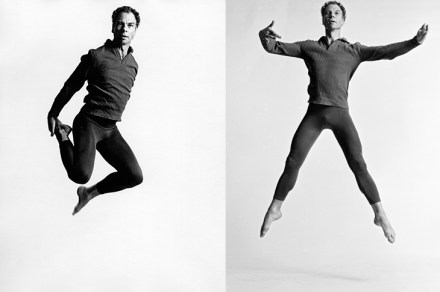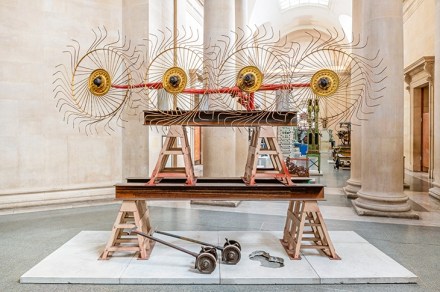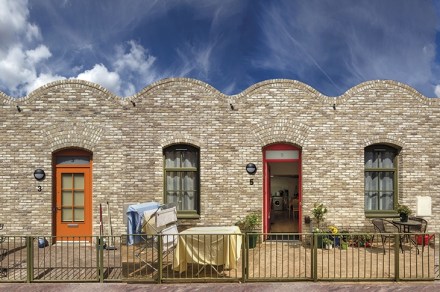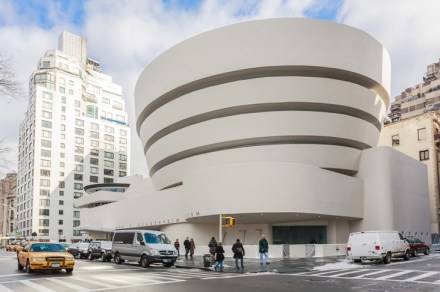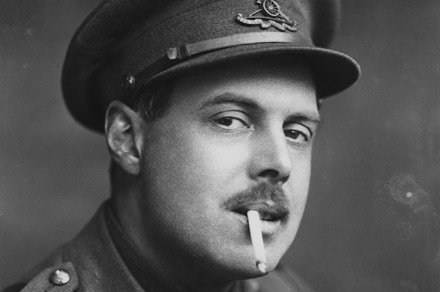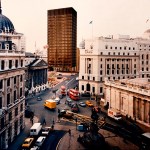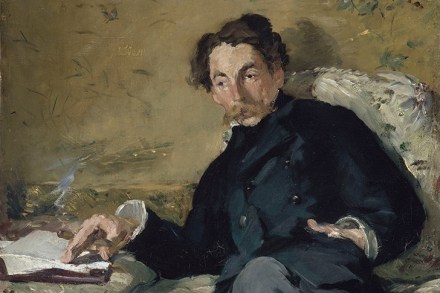What next for Notre Dame?
Notre Dame is only important from a Shakespeare’s-birthplace point of view. Architecturally it is a nullity beside the cathedrals of Beauvais and Laon, Albi and Marseille, Rouen and Clermont-Ferrand (a sinister marvel of black tufa). The ashes of the cathedral are now the site of a proxy struggle between some of the greatest fortunes on the planet. The struggle has begun with the architectural competition announced by the widely loathed Macron and the so far less loathed PM Édouard Philippe. How will the competition be conducted? Who will select the committee that will select the committee that selects the architect or engineer whose name will get attached to the building



